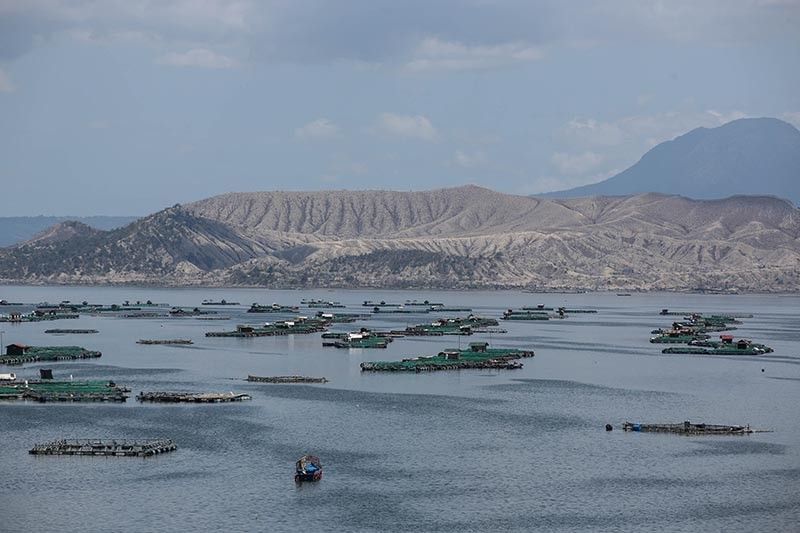Taal Volcano status lowered to Alert Level 1

MANILA, Philippines — State volcanologists lowered the status of Taal Volcano in Batangas to Alert Level 1, indicating “low-level unrest,” from Alert Level 2.
“Alert Level 1 means that the volcano is still in abnormal condition and should not be interpreted that unrest has ceased or that the threat of an eruption has disappeared,” the Philippine Institute of Volcanology and Seismology said in a bulletin Monday.
Even at Alert Level 1, sudden steam-driven explosions, volcanic earthquakes, minor ashfall and lethal accumulations or expulsions of volcanic gas can occur and threaten areas within the Taal Volcano Island.
Phivolcs stressed that an uptrend or pronounced change in monitoring parameters may prompt the institute to raise the alert level.
“Conversely, should there be a return of monitoring parameters to baseline levels after a sufficient observation period, the Alert Level will be further lowered to Alert Level 0,” it said.
The agency still recommended that entry into the Taal Volcano Island, Taal’s Permanent Danger Zone, especially the vicinities of the main crater and the Daang Kastila fissure must be strictly prohibited.
Taal’s status was raised to Alert Level 3 on March 26 following a phreatomagmatic eruption. A phreatomagmatic eruption is caused by the interaction between magma and water.
Why the downgrade?
According to Phivolcs, there was an overall decrease in the level of monitoring parameters which include volcanic earthquakes, ground deformation, volcanic gas emission, and main crater observations.
The daily average of volcanic earthquakes declined from seven events per day between January 1 and May 22 to zero since June 13. State volcanologists said this indicates that degassing and rock-fracturing processes related to magmatic activity have abated, and that the possibilities of magma intrusion into the main crater have significantly decreased.
Emission rates of sulfur dioxide also averaged 1,214 tons per day between May and July, with the latest rates falling to 237 tons per day.
Philvocs added that surface activity has declined to weak emission of 300- to 2,400-meter tall steam-rich plumes from active gas vents on the main crater.
- Latest
- Trending






























